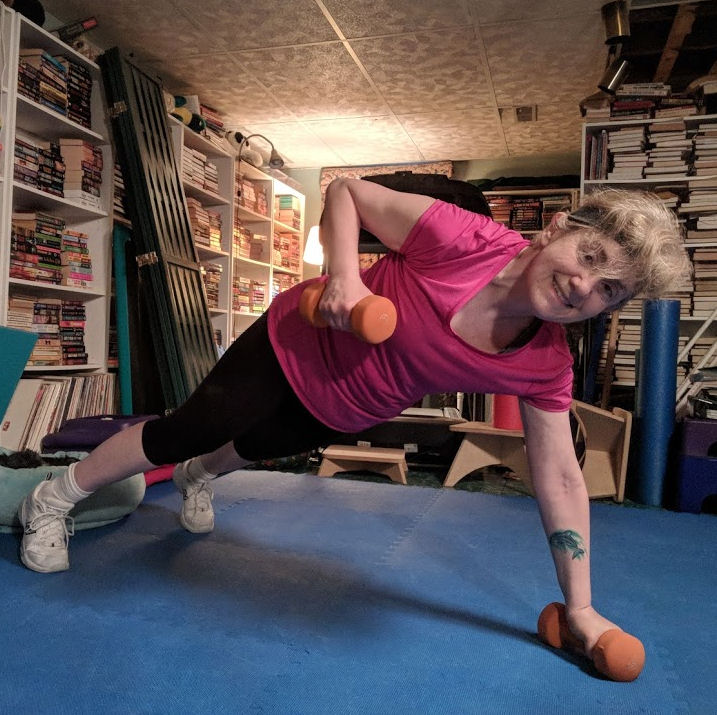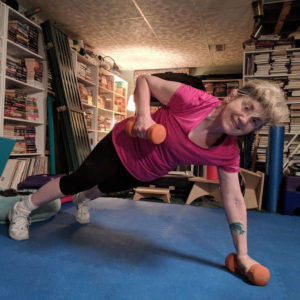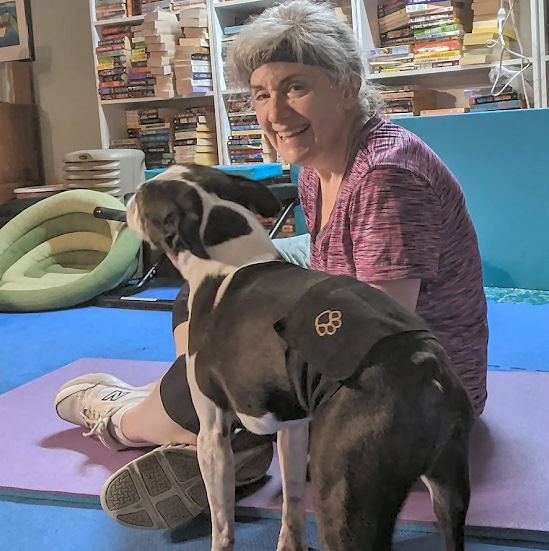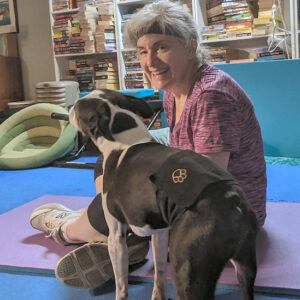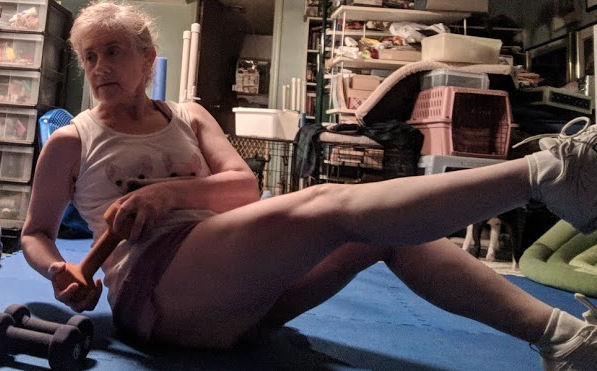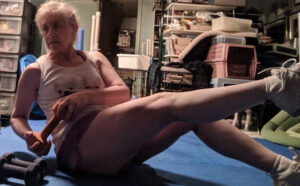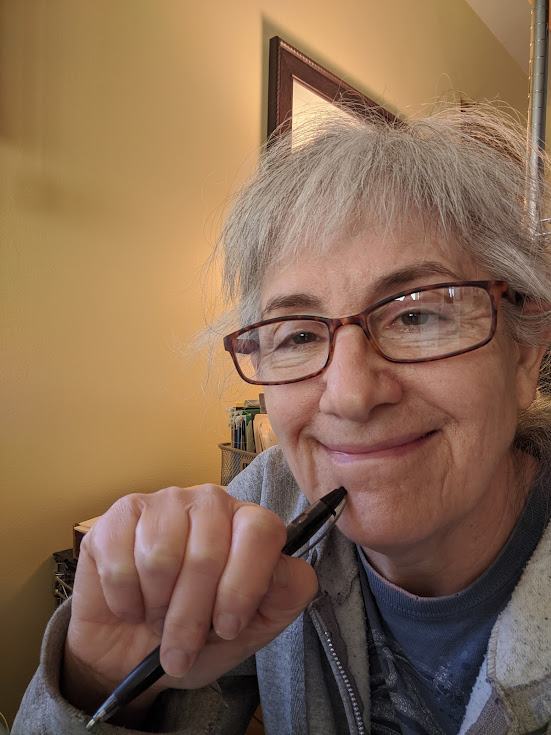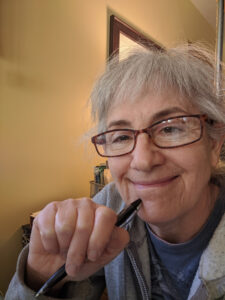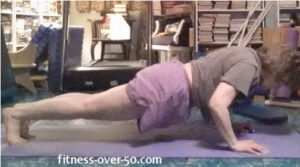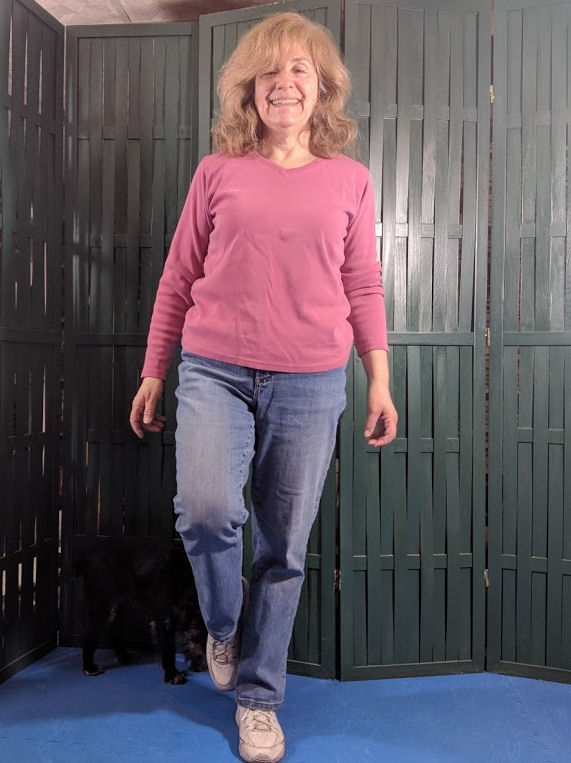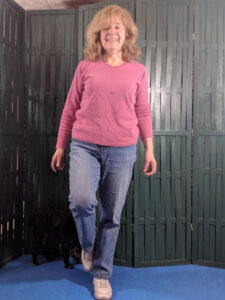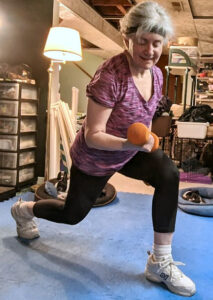I heard an interesting story on the radio as I was driving to various errands the other day. We’re all feeling a little discombobulated right now because we’re not getting the proper sleep. At the holidays we enjoy get-togethers with friends and family, which is great, but we tend to lose sleep, eat more unhealthy foods and drink more alcoholic beverages than usual. We also tend to sit around more and not be as active as we should be. And now we’re feeling the consequences of not getting the proper sleep. So we need to fill up our sleep balloon.
Sleep balloon? Sounds weird
Joanna Kippax, a Sleep Hygienist, has floated the idea of a sleep balloon being the key to getting a good night’s sleep. Kippax noted in her work with kids diagnosed as having Attention Deficit Disorder that many symptoms were alleviated once proper sleep habits were put into place.
So how do you fill up your sleep balloon?
Picture this: you wake up and your sleep balloon is all deflated. So you wake up and open your shades to the morning sun. You’ve started already! Soaking in some daylight is a key component of getting a good night’s sleep.
Fill your day with social interaction and activity. Meet with friends. But also get in your exercise. Exercise is crucial to our sleep health. And even if you had a bad night, don’t take it easy the next day. Follow your usual routine. Get the exercise you need. And don’t be tempted to take a nap. That will just make it more difficult to get a good night’s sleep the following day.
Go to bed and wake up at the same time every day. Routine is key. We’re creatures of habit, and a regular sleep routine is a very healthy habit to have.
Got a full sleep balloon? Go to sleep
If you’ve done all the right things and you’re exhausted at your regular bed time, then it’s time to go to sleep. To fill up your sleep balloon is a key to healthy aging. You’ve recognized the importance of a good night’s sleep and, therefore, prioritized it. You’re on the way to more happiness and resilience. With good sleep, you’ll be able to handle life’s stresses.



